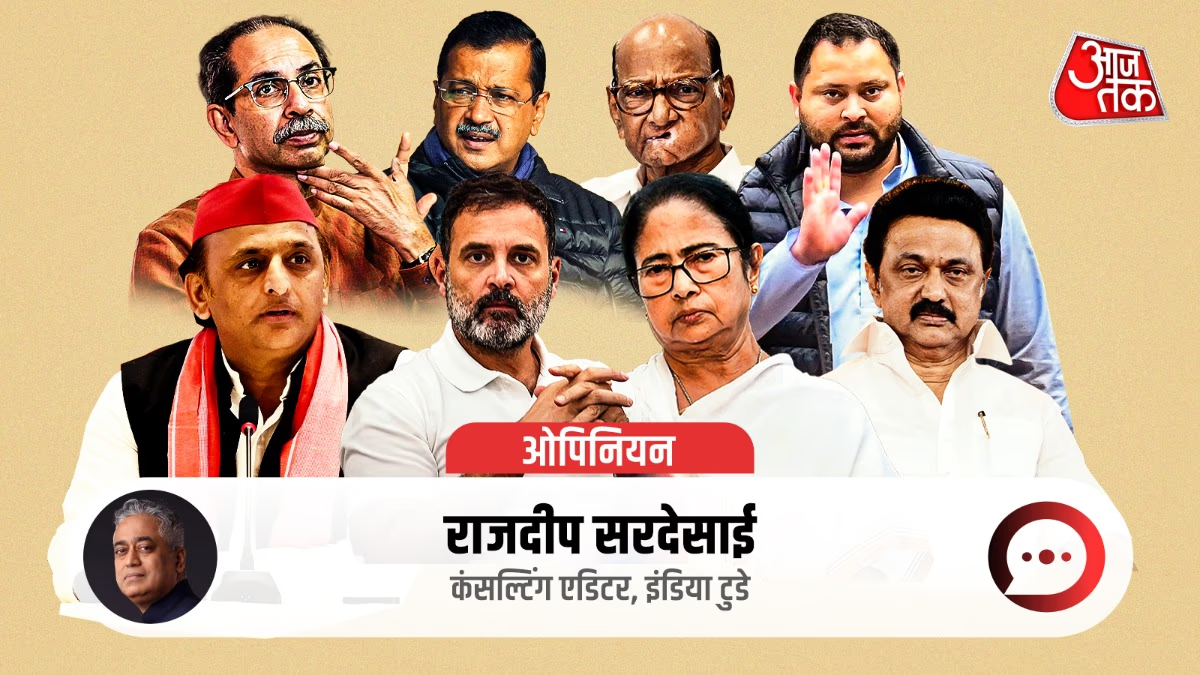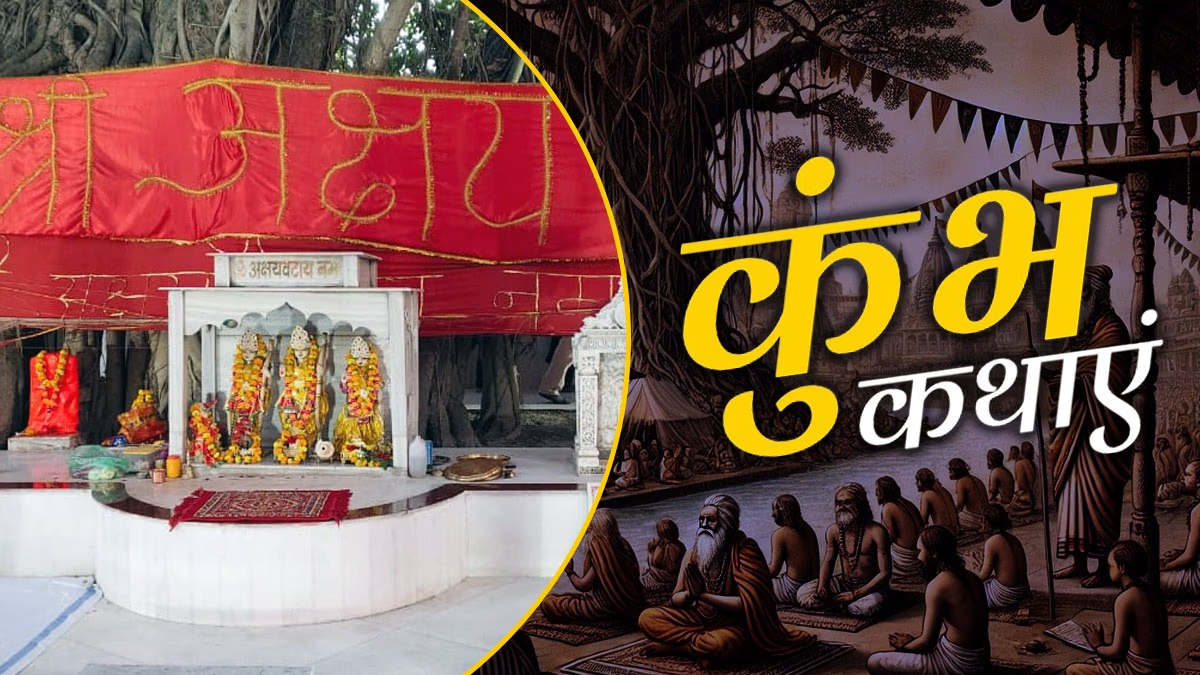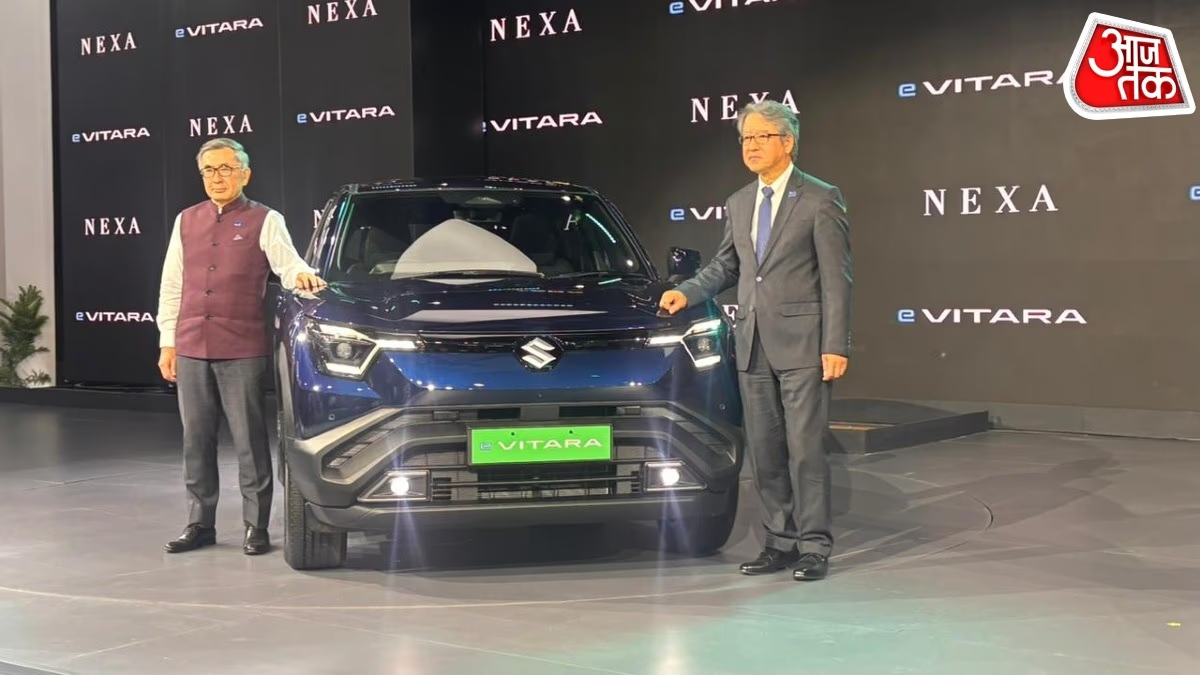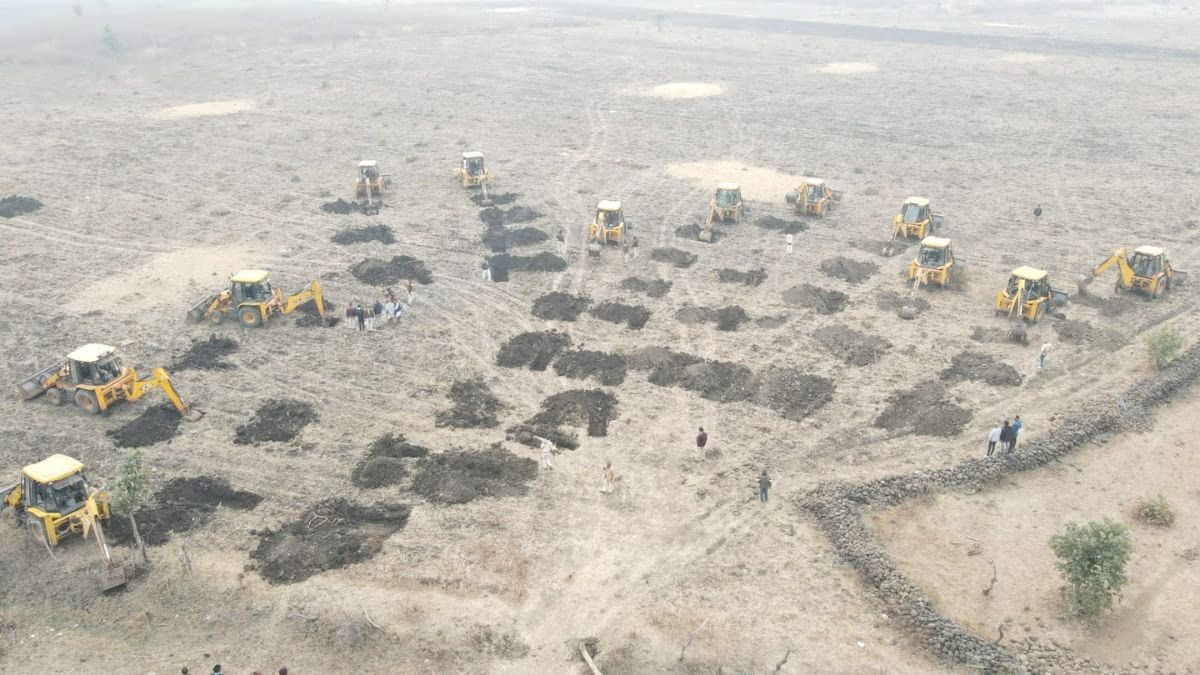In June 2023, a senior leader of the INDIA alliance remarked, “A grand coalition against Modi-led BJP is necessary, but I'm unsure if it’s feasible.”
Their prophetic words seem to have hit the mark. Amidst the scorching heat of Patna, leaders of various parties had gathered to form an unlikely alliance against the BJP, but this coalition disintegrated swiftly. The INDIA alliance is nearing its end, with its last rites possibly being performed after the decisive Delhi assembly elections.
In a way, the ongoing narrative seemed inevitable. A coalition formed solely to halt Modi’s ‘char sau paar’ chariot was never likely to endure beyond the 2024 general elections.
Once Modi ascended as Prime Minister, albeit with lesser assembly seats this time, national priorities were overshadowed by state-level compulsions.
Could anyone have realistically expected Mamata Banerjee and the Left parties to find common ground in Bengal? Could Lalu Yadav and Nitish Kumar, who have switched from friends to foes and back, truly trust each other again? Would Omar Abdullah and Mehbooba Mufti, competing for dominance in Kashmir, stay united? How long can Shiv Sena (Uddhav Thackeray group) balance between its fierce Hindutva past and ambiguous present? Narendra Modi and the BJP were common adversaries nationally, but state dynamics were always poised to shift.
This divergence is most apparent in Delhi. Eight months ago, Congress and Aam Aadmi Party (AAP) allied in the national capital for the Lok Sabha elections, while contesting against each other in Punjab. It was an uneasy coalition, attempting to exploit political equations, yet lacked true chemistry.
Ultimately, AAP emerged in Delhi from the remnants of the Congress party. It was Arvind Kejriwal’s India Against Corruption movement in 2011 that weakened Manmohan Singh’s government, creating an anti-incumbency wave that benefited the BJP in the 2014 general elections.
Kejriwal had been the one to defeat Congress’s three-time Chief Minister Sheila Dikshit in 2013, forming the Delhi government with external support from Congress in their maiden stint. A veteran party surrendered its power to a political novice, causing a swift decline of Congress in the national capital. In the decade that followed, Congress failed to win a single seat in Delhi.
Therefore, it isn’t surprising that Delhi Congress has chosen its own path. A haunting history is hard to shake off, yet it's astounding how quickly hidden competitiveness turned into a verbal war, offering BJP further assurance.
Ironically, it wasn’t long ago—just September 2024—when Rahul Gandhi granted approval for a coalition with AAP for the Haryana assembly elections. However, overly confident state Congress preemptively dismantled this partnership initiative. Now, after losing elections in Haryana and Maharashtra, the party isn’t in a position to make bold decisions.
This time, the responsibility for the ‘Ekla Cholo Re’ (Go it alone) political ethos falls on Arvind Kejriwal. AAP even suggested expelling Congress from the INDIA alliance. Without Congress, the only party within the alliance with pan-India presence, there will be no major force to address the internal contradictions using unity as a magnet.
Looking back, personal egos and ambitions were so mutually exclusive, it's surprising an attempt was even made to form the INDIA alliance in the first place.
Nitish Kumar, the individual proposing the alliance's idea, was also the first to exit when his expectation to be appointed the group’s convenor was rejected by his own allies. Mamata Banerjee, who never forgave Congress for aligning with the Left in Bengal, wouldn’t work under Rahul Gandhi, whom she perceives as politically junior. Meanwhile, a section of the Congress leadership, empowered by securing 99 Lok Sabha seats and out of touch with ground realities, still views itself as the natural party of governance.
Sharad Pawar, a leader who could have played a role in coalition-building, is now 84 and lacks the political strength to address internal differences after Maharashtra’s defeat and his party's split.
The demise of the INDIA alliance offers a lesson with implications far beyond the involved parties. Modi's emergence in the past decade fueled an obsession with a ‘one party, one leader’ elected autocracy phenomenon.
The fear of being pushed to the margins completely motivated the opposition to unite. Yet, beyond opposing Modi, there was no ideological common ground within this group.
Much like the 1970s Janata Party experiment, which was driven by the desire to remove Indira Gandhi at any cost, the INDIA alliance surfaced from the fervor of opposing Modi. However, opposition politics cannot thrive on short-term, ideologically barren formulas.
The Janata Party lasted just a bit beyond two years; the INDIA alliance’s run was even shorter. At least the Janata Party had a statesmanlike figure in Jayaprakash Narayan to guide it temporarily; the INDIA alliance lacks enlightened leadership or a shared minimum agenda to determine its direction.
INDIA coalition's collapse will signal that the BJP has returned to its position at the start of 2024, a formidable force capable of steamrolling any opposition it encounters in its upward trajectory.
It should deeply concern citizens who value democratic spirit, given the Modi government's tendency to wield institutional power to consistently place its adversaries on the defensive.
The 2024 general elections had opened a narrow window of hope that politics would feature a more evenly matched contest between the NDA and its political rivals both within and beyond Parliament. The rapid unravelling of the INDIA alliance indicates that a return to harsher politics is likely, where a dominating government can’t resist quashing dissent and flaunting its might. An ‘opposition-free India’ is not the democratic ideal India needs.
(Rajdeep Sardesai is a senior journalist and author. His new book is "2024: The Election That Surprised India") (The views expressed in this article are the author's own.)




